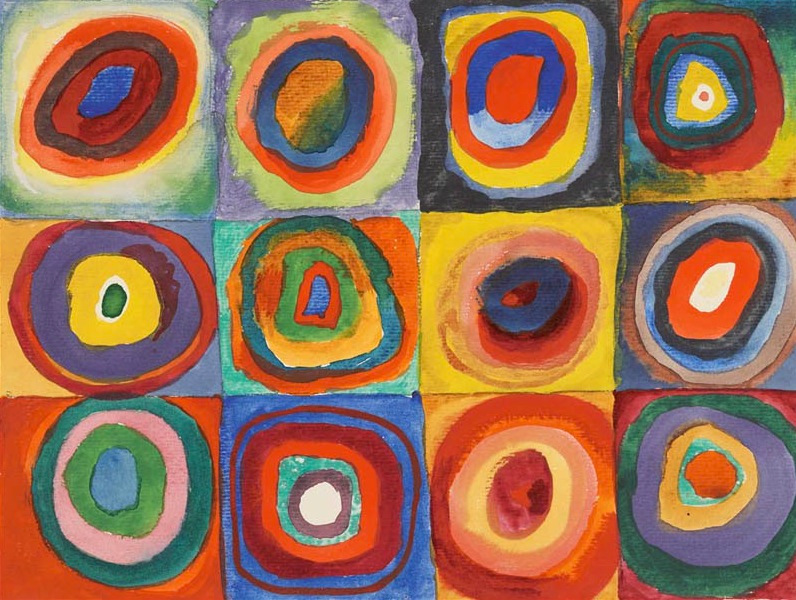Hello and welcome to Protein Portraits, the Oregon State University Honors College course that adds paint brushes and computer art to the appreciation of protein molecules and their assemblies. We build protein molecules as we imagine them, depicting them as reflections of not only experimental science but of our living experience in the world.

Science before art. Or does art come before science?
We know from the recent history of molecular biology that new discoveries about proteins are oftentimes inspired by knowledge of the 3D structure of the protein. Lots of effort therefore goes into gaining 3D knowledge. But the knowledge is inherently limited in the same way that a series of snapshots is less informative than a whole film, and a film, marvelous as it may be to watch, is only an edited compilation of many recording sessions. At a certain point we have to admit that despite our possession of the 3D structure of a molecule, we have very large gaps in knowledge. We doodle on paper or in our minds to organize our question marks and sketch out hypothetical pictures of reality that hopefully guide us toward fruitful new experiments. In short, art meets science every single time we think about protein molecules. We depend on art to make the invisible visible to our very thinking.
In our course, each protein artist’s work will claim, “This is what a protein is according to me, the artist”. That is the aim of our course. Ten weeks. They go by quickly.
These weeks are not solely a mad rush to graph out the latest science, though some students with technical orientations might want to do that. Nor is it a race to dazzle the world with sensory stimulation that spills from one’s emotions about proteins and related molecules such as poisons and therapeutics, though some artists with deep feelings may be so inspired. For most, these ten weeks are an opportunity to feel and think at the same time. There are mysteries out there, and like art detectives we do have some facts to help us begin our case studies.
Art, in its ineluctable way, helps us embrace our factual situation creatively — with deeper humanity . Kandinsky’s abstract paintings from a hundred years ago were seen by many at the time as an unjustifiable breaking away from facts and reality. But did his detailed studies not reveal that there is much more to the world that we had missed before? In the ten weeks ahead, that may be inspiration enough for guiding our protein artists to try something new.
Go forth and create
No doubt, protein molecules are currently well-described by science. But what is typically found to be missing in every scientific endeavor are the nuances revealed when boundaries are broken and new realizations come to the forefront. Art is a process that can open the collective imagination to spur those changes. In this sense, art precedes science in the way that imagination precedes art.
Below are three works of protein art left to the world by one of the great stylists of protein portraiture, Irving Geis, 1908-1997. Take an especially long look at the first one. As the first protein to have its 3D structure revealed at the molecular level, myoglobin could not be compared to much of anything in human experience. It took artistic finesse to imprint the structure into our mind’s eye. And in a friendly getting-to-know-you gesture, Geiss chose to have the myoglobin molecule look back at us with it’s eyelike iron center.
 Myoglobin
Myoglobin
©2000 Howard HughesMedical Institute
 Cytochrome c
Cytochrome c
©2000 Howard Hughes Medical Institute
 Tomato bushy stunt virus
Tomato bushy stunt virus
©2000 Howard Hughes Medical Institute


